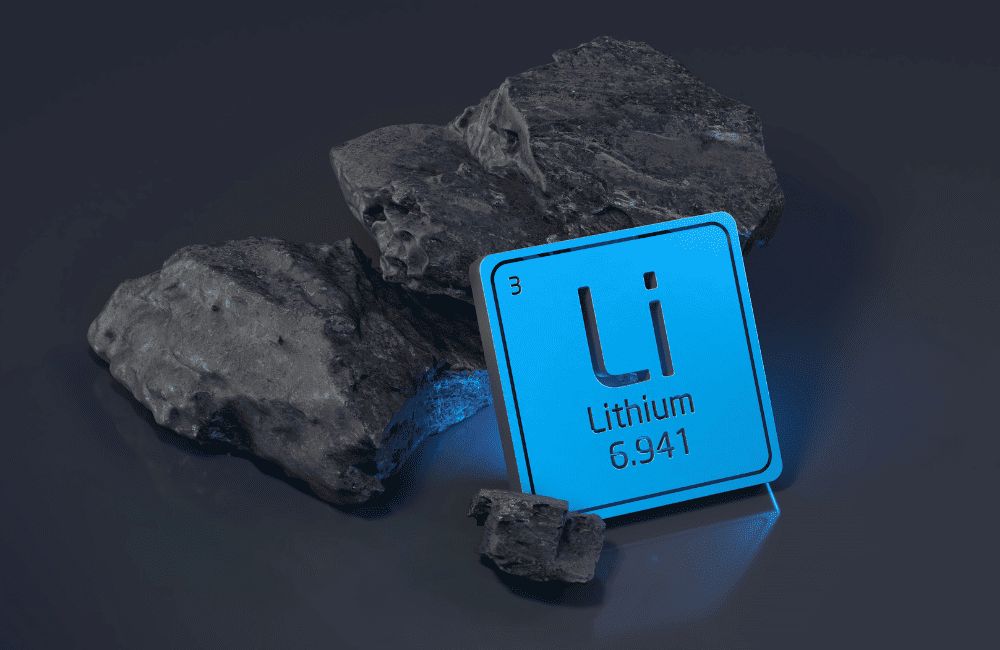Introduction
As the electric vehicle (EV) market continues to expand, the focus on sustainable and efficient technology has never been greater. One of the nuanced challenges in this domain is the interior heating system of EVs. This article contrasts two predominant technologies in this arena: heat pumps and resistive Positive Temperature Coefficient (PTC) heaters, exploring their operation, efficiency, and impact on EV performance.
Heat Pump Technology: The Efficiency Expert
Utilizing External and Internal Heat Sources
Heat pumps are more efficient in EVs due to their capability of utilizing both external air and internal heat sources, such as the heat generated by the battery and electric motor. This dual-source capability allows heat pumps to operate efficiently by leveraging the ambient air and the vehicle’s intrinsic heat, even in colder conditions.
Efficiency and Adaptability
Heat pumps are celebrated for their ability to provide heating (or cooling) more efficiently than traditional resistive heaters. They can be up to 3 times more efficient, significantly conserving battery power and extending the vehicle’s range. Although their performance may slightly decrease in extremely low temperatures, modern EV designs have mitigated this by integrating heat from the vehicle’s battery and motor, ensuring consistent cabin warmth.
Resistive PTC Heater Technology: Instant Warmth
Direct Electricity-to-Heat Conversion
Resistive PTC heaters convert electricity directly into heat through a PTC thermistor. This self-regulating component increases its resistance as it heats up, preventing overheating and providing a stable and safe heating mechanism. The immediate conversion process makes resistive heaters exceptionally good at rapidly increasing cabin temperature.
The Trade-off: Speed for Efficiency
The main advantage of resistive heaters is their ability to quickly provide heat, making them the go-to option for immediate warmth. However, this comes at the cost of higher energy consumption compared to heat pumps, leading to a more significant reduction in the EV’s range, particularly in cold weather.
But It’s Not Magic
The magic of heat pumps fades in warmer climates (above 30°C/86°F). While they remain efficient, the range benefit diminishes as the temperature difference between the inside and outside narrows.
Climate Matters
Consider your typical driving location. The effectiveness of a heating system can significantly depend on the local climate.
Not Just Range
Even in warmer climates, heat pumps offer consistent cabin temperature control and can sometimes double as air conditioners, combating the heat. Comfort matters, regardless of the season.
Usage Matters
Short, frequent trips benefit most from heat pumps’ quick heating ability, while long highway drives might see less of a range advantage. Consider your typical driving patterns.
The Choice is Yours
Cold Climates (below 10°C/50°F)
A heat pump is a no-brainer in cold climates, offering significant range improvements and faster heating. Embrace the winter without range anxiety.
Moderate Climates (10°C – 20°C/50°F – 68°F)
In moderate climates, heat pumps still provide a valuable efficiency boost and faster heating, contributing to a more comfortable and sustainable driving experience.
Warm Climates (above 30°C/86°F)
In warm climates, other factors like cost, availability, and desired features should be considered alongside the minimal range benefit.
Looking Forward
The EV industry is on a continuous path of innovation, seeking to enhance the efficiency and performance of heating systems. Future developments in heat pump technology aim to further exploit internal heat sources and improve low-temperature performance, while advancements in resistive heating seek to increase efficiency and reduce energy consumption.
Conclusion
The evolution of heating technologies in electric vehicles is a testament to the broader challenge of creating sustainable, efficient transportation solutions. As the EV market grows, the advancements in heating systems will play a critical role in optimizing vehicle performance, enhancing user comfort, and achieving environmental goals. Whether through incremental improvements or breakthrough innovations, the journey of EV heating technology is crucial in shaping the future of electric mobility.

